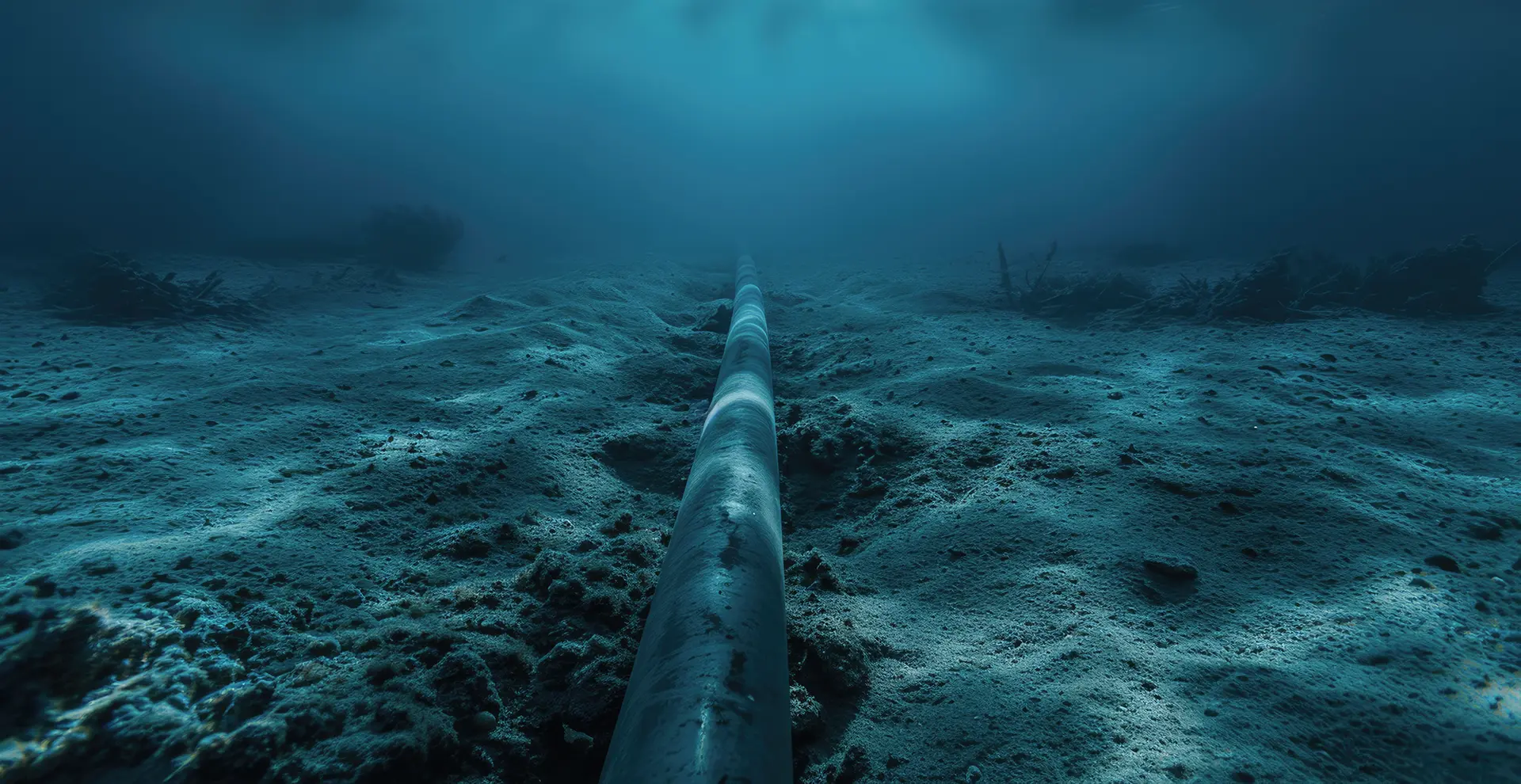


|
||
|
||

Eight countries in West Africa reported Internet outages after damage was reported to four different undersea fiber cables. The most affected countries are Ivory Coast, Liberia, and Benin, with additional problems caused in Ghana, Nigeria, and Cameroon. Lesser impact was felt in South Africa, Senegal, and Portugal. There has been no official word on what caused the problem, but it’s likely due to the shifting of the seabed due to seismic activity.
It’s going to take between five weeks and several months to fix the cables. The four affected cables are owned by West Africa Cable System, MainOne, South Atlantic 3, and ACE. Several repair ships have already been dispatched to find and fix the problems.
The process of fixing an undersea cable is similar to that of fixing any damaged fiber—just complicated by the fact that the fiber is located deep in the ocean. Once the location of the cut or damage has been determined, ships use grapnels to snag the cable and pull it to the surface. If the fiber has been cut, then each end must be located and brought to the surface. If a fiber has only been damaged, it’s brought carefully to the surface in order to not cause additional damage. Once at the surface, any bad sections are cut out, and new fiber spliced.
Undersea fibers have a rough existence and there is an underseas fiber cut somewhere in the world every three days. It’s unusual to have multiple fibers in the same region at the same time. There is a fleet of ships that travel the world continuously to fix underseas fiber cuts or bends.
Undersea fibers are not large. Near to shore the fibers are encased in thick shielding to protect against cuts by boats and anchors. But the largest undersea fibers only include 16 fibers and are slightly smaller than a garden hose.
This map shows the various undersea fibers in place today. In much of the world, almost all of the broadband in and out goes through the undersea fibers. This is true for Africa and for large islands like Australia and Ireland. There are not many landline fiber routes that traverse the entire African continent, although there are regional middle-mile fiber routes. The undersea fibers also carry almost all data that moves from continent to continent. If you pull up a web article from Europe or India, that connection almost certainly came through an undersea fiber.
These cuts show how fragile the world’s Internet connections are. Threats are often made by bad actors to cut undersea fibers. Most recently, the Houthi rebels in Yemen threatened to cut the fibers that pass through the Red Sea. After an attack on oil and gas pipelines in the Baltic Sea in 2022, Russia threatened to retaliate by cutting undersea fibers. The protection of undersea fibers was a prominent issue at a NATO summit later that year. The fibers feeding broadband to Taiwan have been cut several times, with a suspicion that China was behind the cuts.
Folks who live where there are large landline networks tend to take Internet access for granted. But there are many places around the world where an outage can be crippling to an entire country or region and last for weeks or months—similar to the horror stories we hear from time to time about rural telcos!
Sponsored byVerisign

Sponsored byRadix

Sponsored byWhoisXML API

Sponsored byDNIB.com

Sponsored byVerisign

Sponsored byCSC

Sponsored byIPv4.Global
